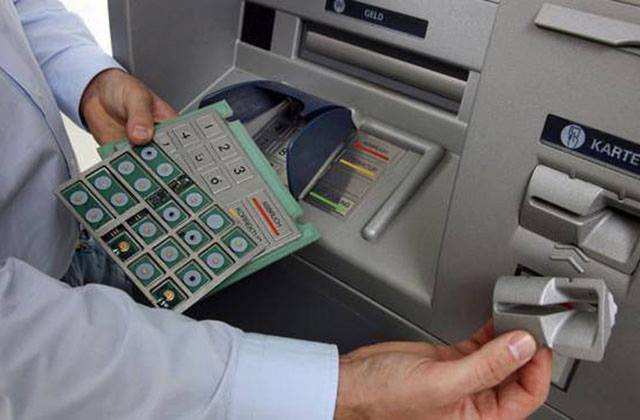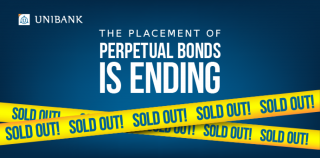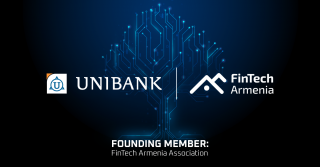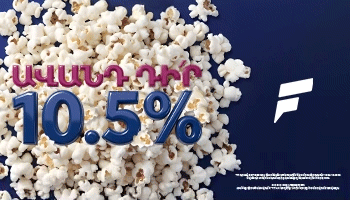
Skimming: What Happened to VTB Cardholders and How to Avoid it?

News on assignment of money through fraudulent actions from VTB-Armenia Bank cards yesterday spread with lightning speed. The bank officially stated that beyond the country’s borders, fraudulent deals have been imposed on 200 cards produced by them. It stated, that reason is non-technical, cheating has been implemented out of the bank and deals have been concluded in a short period. VTB-Armenia Bank also stated, if money has been withdrawn from the card of the costumer as a result of fraudulent activities, not by the costumer or his/her fault, the bank will cover all the expenses and will implement return of lost money to its customers.
Brackets weren’t opened more than this, although, the next day (March 4) the bank stated that has studied all implemented fraudulent actions operatively and with all volume and completely compensated all the cardholders losses on its account, transferring money to the customers’ bank accounts. However, what happened?
Bank cardholders—skimming victims
Upon sources at our disposal, what occurred is a classic skimming. This is one of the widely spread cheating with bank cards, and any person may suffer a loss.
Skimming is a type of fraudulent activity through stealing card details. That’s why swindlers insert special device on ATMs or POS terminals—skimmers, which copy data of the card from the magnetic stripe. A camera is being inserted near the ATM, by which cardholder’s PIN code is being fixed.
On the one hand, maybe PIN code won’t be needed, if swindlers intend to implement non-cash transactions (transfer or purchase), in that case card’s data and CVV code are enough. However, in case of non-cash transactions a “tail” remains (e.g. it may be clarified, the item bought by the counterfeit card and to which address transfer was done).
For this, swindlers prefer quite another way: duplicate of the original card is made and via PIN code they withdraw money available on the card. Very often international criminal groupings are implementers of skimming and other fraudulent activities, including citizens of various countries. In some countries the data are being stolen, on the other part duplicates of cards are made, and in third countries they are withdrawn. In case of VTB exactly this case has been recorded: money was withdrawn beyond Armenia’s borders. Data might be stolen both in Armenia and abroad (if the cardholder used his/her card while being abroad).
How to protect yourself from card skimming?
Chip cards are the best variant to avoid skimming. As compared to magnetic stripe information of chip cards is impossible to copy. However, not all the banks produce chip cards or not all the cards produced by the bank are chip ones. Most of the banks even now release cards made by technologies of 1960s. And swindlers, in their turn, improve available schemes.
What do you need to do if you your card hasn’t a chip?
Firstly, pay attention to the card reader while withdrawing money. A special frame may be inserted on it, through which information on the magnetic stripe is copied.
Swindlers also make use of false keyboards, i.e. you enter PIN code of your card through one device, which fixes information and transfers it. And finally, a mini camera may be inserted on ATM, which films how you enter the PIN code. So, thoroughly watch the ATM and in case of noticing external devices, immediately contact the bank. And while entering the PIN code, you may close one hand with the other at least.
Frauds are performed not only through ATMs. Your card details may be stolen by waiters in the restaurant or cashiers in the store, by means of movable skimmers. That’s why it’s preferable to use the card in places trusted by you.
Don’t allow the water take your card to a POS terminal for a deal. Insist on approaching the POS terminal or go there together. Always keep your card under your attention.
Skimming in banking is called a friendly fraud, as experience shows, data are often stolen by friends. Trust is a good thing, however, you shouldn’t trust your card even to your close friends.
Also activate SMS notification service. Right, you’ll get an SMS after the deal (which notifies that money has been withdrawn from your bank account), however, you’ll manage to call the bank, block the card and prevent further deals.
What should the banks do?
Firstly, note that banks should try to gradually shift to chip cards. However, if it’s impossible to perform in a short period, the bank may apply 3 methods to prevent skimming.
First, the simplest method is physical monitoring of ATMs, i.e. bank employees periodically study their ATMs, to check, whether a skimmer has been inserted or no. the second method is called a passive anti-skimming. Special onlays are inserted on card adopter, which prevent fixing of unauthorized devices. They may also have detectors, in case skimmer is inserted, the bank receives a signal. The most productive and, however, the most expensive way is active anti-skimming.
Active anti-skimmer is a device, inserted inside the ATM and isn’t visible externally. It controls the territory before the ATM, immediately reveals insertion of a device and may cause radio interference at the card adopter, not permitting copying of information by any device.
Is the bank obliged to compensate the money stolen as a result of fraud? It depends on circumstances. Detailed survey is implemented regarding any case. And if turns out, that flow of data occurred due to the cardholder, money isn’t compensated. Thus, if simple skimming has been recorded, the bank applies to the corresponding payment system, and after passing the defined procedures the money is returned to the cardholder. The process lasts 1.5-2 months.
VTB-Armenia Bank compensated the money exactly the following day. It’s not announced, how much money swindlers manage to assign.
By Babken Tunyan























